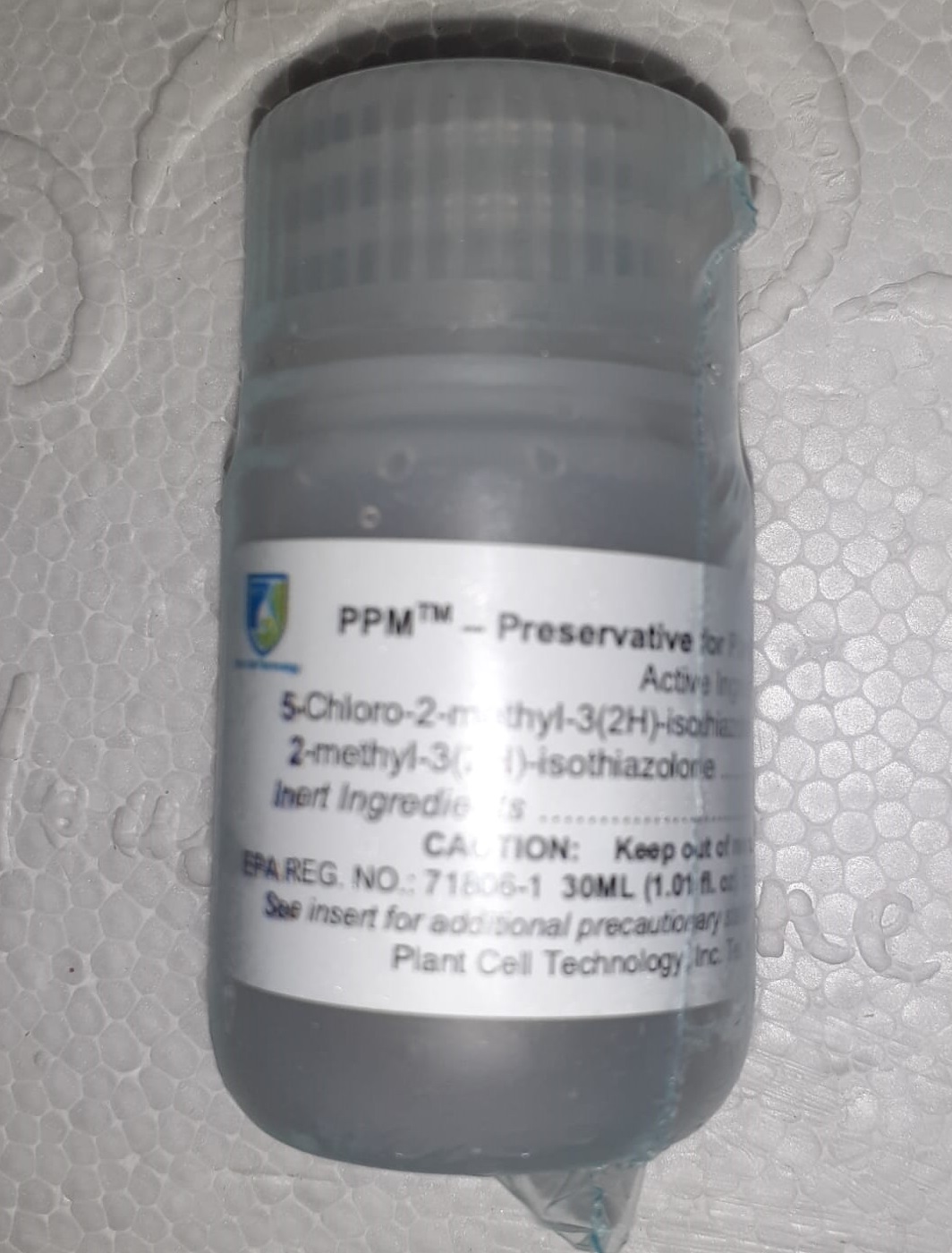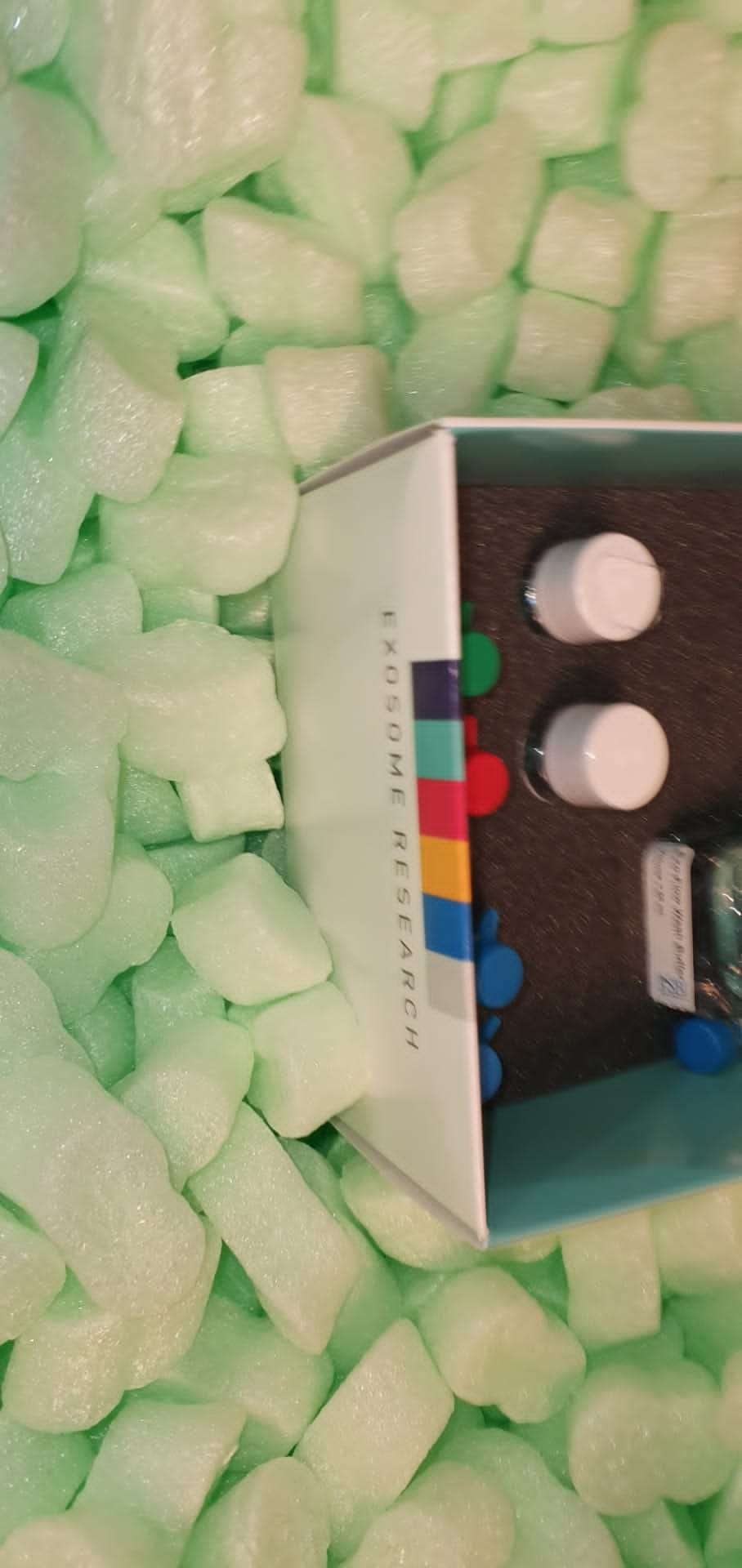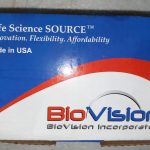Hypoxic adaptation mediated by HIF transcription elements requires mitochondria, which have been implicated in regulating HIF1α stability in hypoxia by distinct fashions that contain consuming oxygen or alternatively changing oxygen into the second messenger peroxide. Right here, we use a ratiometric, peroxide reporter, HyPer to guage the function of peroxide in regulating HIF1α stability. We present that antioxidant enzymes are neither homeostatically induced nor are peroxide ranges elevated in hypoxia. Moreover, pressured expression of numerous antioxidant enzymes, all of which diminish peroxide, had disparate results on HIF1α protein stability. Furthermore, lower in lipid peroxides by glutathione peroxidase-Four or superoxide by mitochondrial SOD, did not affect HIF1α protein stability. These information present that mitochondrial, cytosolic or lipid ROS weren’t mandatory for HIF1α stability, and favor a mannequin the place mitochondria contribute to hypoxic adaptation as oxygen customers.
Immobilized enzymes in inorganic hybrid nanoflowers for biocatalytic and biosensing purposes
Enzyme immobilization has been accepted as a strong method to unravel the drawbacks of free enzymes similar to restricted exercise, stability and recyclability beneath harsh situations. Completely different from the standard immobilization strategies, enzyme immobilization in inorganic hybrid nanoflowers was executed in a biomimetic mineralization method with the benefits of gentle response situations, and thus it was helpful to acquire preferrred biocatalysts with superior traits.
The important thing elements influencing the formation of enzyme-based inorganic hybrid nanoflowers had been elucidated to acquire a deeper perception into the mechanism for reaching distinctive morphology and improved properties of immobilized enzymes. To this point, immobilized enzymes in inorganic hybrid nanoflowers have been efficiently utilized in biocatalysis for getting ready medical intermediates, biodiesel and biomedical polymers, and fixing the environmental or meals industrial points such because the degradation of poisonous dyes, pollution and allergenic proteins.
Furthermore, they could possibly be used within the growth of varied biosensors, which give a promising platform to detect poisonous substances within the setting or biomarkers related to numerous illnesses. We hope that this evaluate will promote the basic analysis and large purposes of immobilized enzymes in inorganic hybrid nanoflowers for increasing biocatalysis and biosensing.
Mapping Potential Determinants of Peroxidative Exercise in an Developed Fungal Peroxygenase from Agrocybe aegerita
Fungal unspecific peroxygenases (UPOs) are hybrid biocatalysts with peroxygenative exercise that insert oxygen into non-activated compounds, whereas additionally possessing convergent peroxidative exercise for one electron oxidation reactions. In a number of ligninolytic peroxidases, the location of peroxidative exercise is related to an oxidizable fragrant residue on the protein floor that connects to the buried heme area by means of a long-range electron switch (LRET) pathway.
Nevertheless, the peroxidative exercise of those enzymes might also be initiated on the heme entry channel. On this research, we examined the origin of the peroxidative exercise of UPOs utilizing an advanced secretion variant (PaDa-I mutant) from Agrocybe aegerita as our level of departure. After analyzing potential radical-forming fragrant residues on the PaDa-I floor by QM/MM, impartial saturation mutagenesis libraries of Trp24, Tyr47, Tyr79, Tyr151, Tyr265, Tyr281, Tyr293 and Tyr325 were constructed and screened with each peroxidative and peroxygenative substrates. These mutant libraries had been largely inactive, with just a few useful clones detected, none of those exhibiting marked variations within the peroxygenative and peroxidative actions.
Against this, when the versatile Gly314-Gly318 loop that’s discovered on the outer entrance to the heme channel was subjected to combinatorial saturation mutagenesis and computational evaluation, mutants with improved kinetics and a shift within the pH exercise profile for peroxidative substrates had been discovered, whereas they retained their kinetic values for peroxygenative substrates. This hanging change was accompanied by a 4.5°C enhancement in kinetic thermostability regardless of the variants carried as much as 4 consecutive mutations. Taken collectively, our research proves that the origin of the peroxidative exercise in UPOs, in contrast to different ligninolytic peroxidases described so far, is just not depending on a LRET route from oxidizable residues on the protein floor, however quite it appears to be solely positioned on the heme entry channel.

transgenicnews
Depicting the battle between nectarine and Monilinia laxa: the fruit developmental stage dictates the effectiveness of the host defenses and the pathogen’s an infection methods
Infections by the fungus Monilinia laxa, the primary explanation for brown rot in Europe, end in appreciable losses of stone fruit. Herein, we current a complete transcriptomic strategy to unravel methods deployed by nectarine fruit and M. laxa throughout their interplay. We used M. laxa-inoculated immature and mature fruit, which was resistant and inclined to brown rot, respectively, to carry out a twin RNA-Seq evaluation.
In immature fruit, host responses, pathogen biomass, and pathogen transcriptional exercise peaked at 14-24 h put up inoculation (hpi), at which level M. laxa appeared to modify its transcriptional response to both quiescence or demise. Mature fruit skilled an exponential enhance in host and pathogen exercise starting at 6 hpi. Purposeful analyses in each host and pathogen highlighted variations in stage-dependent methods.
For instance, in immature fruit, M. laxa unsuccessfully employed carbohydrate-active enzymes (CAZymes) for penetration, which the fruit was capable of fight with tightly regulated hormone responses and an oxidative burst that challenged the pathogen’s survival at later time factors. In distinction, in mature fruit, M. laxa was extra depending on proteolytic effectors than CAZymes, and was capable of spend money on filamentous progress early in the course of the interplay.
Hormone analyses of mature fruit contaminated with M. laxa indicated that, whereas jasmonic acid exercise was probably helpful for protection, excessive ethylene exercise could have promoted susceptibility by means of the induction of ripening processes. Lastly, we recognized M. laxa genes that had been extremely induced in each quiescent and energetic infections and will function targets for management of brown rot.




